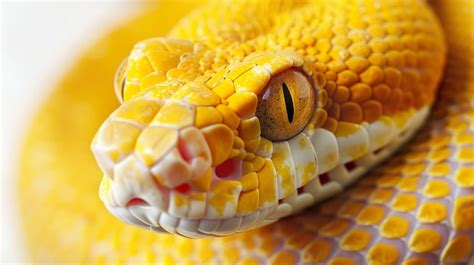Predatorial behavior is a complex and multifaceted topic that encompasses a wide range of interactions between predators and their prey. At its core, predatorial behavior refers to the actions and strategies employed by predators to hunt, capture, and consume their prey. This behavior is shaped by a combination of genetic, environmental, and ecological factors, and is a crucial component of many ecosystems around the world.
Evolutionary Perspectives on Predatorial Behavior

From an evolutionary perspective, predatorial behavior is shaped by the pressures of natural selection. Predators that are more effective at capturing and consuming prey are more likely to survive and reproduce, passing on their advantageous traits to their offspring. Over time, this can lead to the development of specialized physical and behavioral adaptations, such as sharp teeth and claws, powerful jaws, and sophisticated hunting strategies. For example, the lion (Panthera leo) is a highly social predator that uses coordinated attacks to bring down its prey, while the great white shark (Carcharodon carcharias) is a solitary hunter that relies on its powerful swimming ability and keen senses to catch its prey.
Predator-Prey Dynamics
The dynamics between predators and their prey are a key aspect of predatorial behavior. Prey species have evolved a range of defenses to avoid being captured, including camouflage, warning coloration, and flight responses. Predators, in turn, have evolved strategies to overcome these defenses, such as stealth, ambush, and pursuit. For example, the cheetah (Acinonyx jubatus) is a diurnal predator that uses its speed and agility to chase down its prey, while the leopard (Panthera pardus) is a nocturnal predator that uses its stealth and climbing ability to stalk and ambush its prey. The following table highlights some key metrics related to predator-prey dynamics:
| Predator Species | Prey Species | Hunting Strategy |
|---|---|---|
| Cheetah | Thomson's gazelle | Pursuit |
| Leopard | Bushbuck | Ambush |
| Lion | Wildebeest | Coordinated attack |

Key Points
- Predatorial behavior is shaped by a combination of genetic, environmental, and ecological factors.
- Predators have evolved specialized physical and behavioral adaptations to capture and consume their prey.
- Prey species have evolved defenses to avoid being captured, including camouflage, warning coloration, and flight responses.
- Predator-prey dynamics are a key aspect of predatorial behavior, with predators evolving strategies to overcome prey defenses.
- Understanding predatorial behavior has important implications for conservation and ecosystem management.
Neurobiological Mechanisms of Predatorial Behavior

The neurobiological mechanisms underlying predatorial behavior are complex and not yet fully understood. However, research has identified several key brain regions and neurotransmitters that are involved in the regulation of predatory behavior. For example, the amygdala is a brain region that plays a critical role in the processing of emotional stimuli, including fear and aggression. The ventral tegmental area is another brain region that is involved in the regulation of motivation and reward processing, and is thought to play a key role in the development of predatory behavior.
Developmental and Environmental Influences
Predatorial behavior is also influenced by developmental and environmental factors. For example, young predators may learn important skills and strategies from their parents or other experienced predators. Environmental factors, such as the availability of prey and the presence of competitors or predators, can also shape predatorial behavior. For example, a wolf (Canis lupus) pack that is competing with other predators for resources may develop more aggressive and competitive behavior in order to survive.
What is the primary driver of predatorial behavior in predators?
+The primary driver of predatorial behavior in predators is the need to obtain food and survive. However, other factors such as genetic predisposition, environmental influences, and social learning also play important roles.
How do prey species adapt to predatorial behavior?
+Prey species adapt to predatorial behavior through a range of mechanisms, including the development of defenses such as camouflage, warning coloration, and flight responses. They may also alter their behavior to avoid predators, such as changing their activity patterns or habitat use.
What are the implications of predatorial behavior for ecosystem management and conservation?
+Predatorial behavior has important implications for ecosystem management and conservation. Understanding the complex interactions between predators and their prey can inform strategies for managing and conserving ecosystems, and can help to maintain the delicate balance of nature.
Meta Description: Explore the complex and multifaceted world of predatorial behavior, including the evolutionary, neurobiological, and environmental factors that shape this critical aspect of ecosystems.


